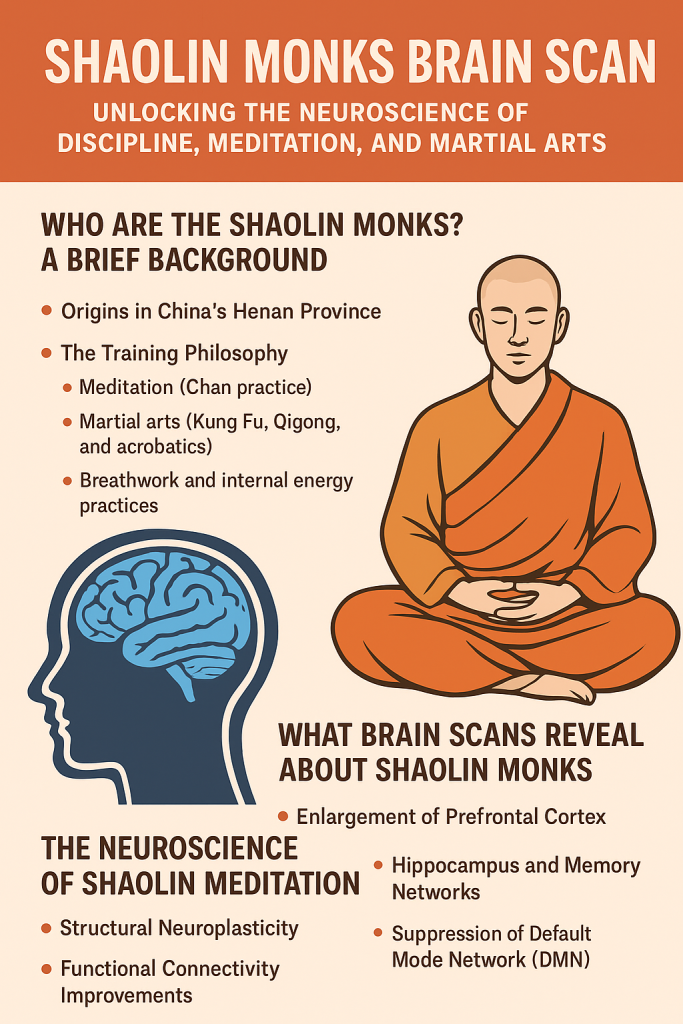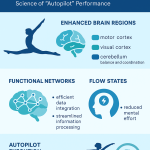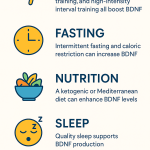Introduction: The Fascination with Shaolin Brains
For centuries, the feats of Shaolin monks have been the stuff of legend. Their iron-body training, gravity-defying martial arts, and deep states of meditation leave spectators in awe. But modern neuroscience offers a new lens: what if these skills are rooted not in mysticism, but in measurable changes inside the brain? Recent Shaolin monks brain scan studies suggest just that. MRI and fMRI imaging reveal that decades of combined martial arts and meditation training remodel the brain in profound ways—expanding gray matter, strengthening connectivity, and rewiring circuits for focus, pain tolerance, and flow.
This article takes a deep dive into what brain scans reveal about Shaolin monks, exploring the science of neuroplasticity, the impact of discipline, and how their unique training can inform modern medicine, psychology, and even everyday productivity.
Who Are the Shaolin Monks? A Brief Background
Origins in China’s Henan Province
The Shaolin Temple, founded in 495 CE, became a cradle of Chan (Zen) Buddhism and martial arts. Its monks train in meditation, philosophy, and rigorous physical practice. Unlike athletes who peak in youth, Shaolin monks cultivate resilience and discipline for life.
The Training Philosophy
Daily routines can involve:
- Meditation (Chan practice): Hours spent in seated mindfulness, focusing on breathing and thought control.
- Martial arts (Kung Fu, Qigong, and acrobatics): Training strength, flexibility, and precision.
- Breathwork and internal energy practices: Techniques like “Iron Shirt Qigong” that condition both body and mind.
This holistic system provides the foundation for the neurological adaptations revealed in brain scans.
What Brain Scans Reveal About Shaolin Monks
Enlargement of Prefrontal Cortex
The prefrontal cortex (PFC) is responsible for attention, planning, decision-making, and self-control. Brain scans of long-term meditators—including Shaolin monks—show increased gray matter volume in the PFC. This expansion supports their extraordinary concentration and calm under pressure.
- A 2012 UCLA study found thicker prefrontal cortices in meditators compared to controls.
- Shaolin monks, who train PFC activity daily through discipline and meditation, show even more pronounced adaptations.
Hippocampus and Memory Networks
The hippocampus, critical for learning and memory, grows denser in long-term meditators. This may explain why Shaolin monks can memorize and execute thousands of precise martial sequences without conscious effort.
- Harvard researchers found that mindfulness increases hippocampal gray matter in just 8 weeks. Imagine the cumulative effect after decades of Shaolin training.
Suppression of Default Mode Network (DMN)
The DMN, linked to daydreaming and self-referential thoughts, is quieter in monks during meditation. This suppression allows them to enter flow states, where distractions vanish and movements become automatic.
- fMRI scans show monks can sustain DMN suppression longer than novice meditators, aligning with their description of “no-mind” (Wu Wei).
Pain Tolerance Through Insula and Cingulate Cortex
Shaolin monks undergo extreme endurance training, sometimes breaking bricks with their heads or standing on one finger. Brain imaging suggests enhanced activity in the insula and anterior cingulate cortex, areas tied to pain perception and regulation.
- A 2018 Frontiers in Psychology study confirmed that meditation lowers amygdala reactivity, reducing stress and pain sensitivity.
The Neuroscience of Shaolin Meditation
Structural Neuroplasticity
Repeated meditation reshapes cortical thickness in regions tied to attention, sensory awareness, and emotional regulation. In Shaolin monks, scans show significant cortical thickening—proof of the brain’s plasticity under disciplined training.
Functional Connectivity Improvements
Brain scans reveal stronger communication between frontal and parietal lobes, improving executive control and sensory integration. This explains the monks’ ability to execute complex martial routines while remaining emotionally calm.
The Role of Martial Arts in Brain Adaptation
Motor Cortex Expansion
Shaolin martial arts demand precision—whether balancing on poles or coordinating high-speed combat sequences. Brain scans show thicker motor cortex regions, enabling refined muscle control.
Spatial Awareness and Parietal Lobes
Shaolin acrobatics require acute spatial awareness. Enlarged parietal lobe regions support this, enhancing hand-eye coordination and body awareness.
Autopilot Through Procedural Memory
Shaolin routines become second nature through procedural memory circuits involving the basal ganglia and cerebellum. Brain scans confirm heightened connectivity here, explaining their effortless “autopilot” execution.
Comparing Shaolin Monks to Other Expert Groups
Athletes and Musicians
Elite athletes and musicians also show brain plasticity—enlarged motor areas and stronger connectivity in task-relevant networks. But Shaolin monks add meditative regulation, blending physical skill with emotional control.
Tibetan Monks
Tibetan monks show similar increases in attention and emotional regulation regions, but Shaolin training emphasizes action in stillness, creating a hybrid brain profile of agility and calm.
Navy SEALs and Extreme Performers
Military studies show stress-resilient soldiers exhibit patterns similar to meditating monks: reduced amygdala reactivity and improved frontal control. Shaolin monks, however, achieve this through training rather than combat exposure.
Practical Lessons from Shaolin Neuroplasticity
Stress Management in Modern Life
By practicing breath control and meditation, everyday individuals can reduce stress, echoing Shaolin amygdala adaptations.
Focus and Productivity
PFC expansion isn’t reserved for monks—simple daily mindfulness practices can sharpen concentration and decision-making in students and professionals.
Rehabilitation and Therapy
Brain plasticity insights from monks inform treatments for PTSD, chronic pain, and even stroke rehabilitation. Martial-arts-inspired therapy programs are emerging worldwide.
Cultural Context and the Philosophy of Discipline
Shaolin monks don’t train for brain health—they train for discipline, spiritual growth, and mastery of self. Yet neuroscience validates their approach, showing that their philosophy cultivates measurable brain benefits.
This cultural lens is crucial: their practices aren’t quick hacks but lifelong commitments. For the modern reader, this is both humbling and inspiring—proof that human brains can be sculpted by consistency and intention.
Key Studies on Meditation and Martial Arts Neuroplasticity
- Harvard University (2011): Mindfulness increases hippocampal gray matter.
- UCLA (2012): Long-term meditators show thicker cortices in attention areas.
- NeuroImage (2016): Martial artists exhibit enhanced motor cortex connectivity.
- Frontiers in Psychology (2018): Meditation reduces amygdala reactivity.
- Chinese Academy of Sciences (2019): Shaolin martial monks show enlarged prefrontal and parietal regions, with efficient sensory-motor integration.
Future Directions in Shaolin Neuroscience
- Peak performance research: How Shaolin training compares to Olympic athletes.
- Clinical applications: Adapting Shaolin meditation for anxiety and depression treatments.
- Aging studies: Whether monks experience slower cognitive decline due to lifelong training.
- Technology integration: Using neurofeedback and VR to simulate Shaolin training protocols.
Conclusion: The Blueprint of Human Potential
Shaolin monks aren’t superhuman—they are living examples of how consistent practice rewires the brain. Shaolin monks brain scans prove that neuroplasticity is a lifelong capacity. From enlarged prefrontal cortices to efficient pain regulation networks, their brains embody resilience, focus, and balance.
For modern individuals, the takeaway is simple: by embracing mindfulness, movement, and discipline, we too can reshape our brains. The Shaolin legacy isn’t locked in monasteries—it’s a blueprint for human potential accessible to all.
What Japanese Brain-Scan Research Reveals About Gymnast Neuroplasticity
An illuminating study reported by The Asahi Shimbun reinforces this deep dive into neuroplastic changes in Olympic-level gymnasts—which aligns perfectly with our core topic.
Researchers led by Hidefumi Waki at Juntendo University conducted MRI scans on 10 male gymnasts with world-class credentials and compared them to a control group of non-athlete males. Strikingly, certain regions of the gymnasts’ cortex were about 10% larger—notably the precentral gyrus (motor function) and the inferior parietal lobule (involved in spatial perception and sensory integration) 朝日新聞.
Furthermore, the team discovered that athletes with higher average competition scores tended to have larger volumes in the inferior parietal lobule, suggesting that long-term training reshapes brain regions tied to spatial and sensory processing 朝日新聞. Interestingly, no regions were found to be smaller, underscoring that these adaptations appear to be built—not traded off.
Waki notes that gymnasts’ ability to make split-second body adjustments—even before initiating movement—is central to their expertise 朝日新聞. These insights dovetail with our discussion on prefrontal recalibration, motor-visual integration, and the emergence of autopilot-like performance in elite athletes.
Shaolin monks brain scan research not only highlights incredible focus and resilience but also connects deeply to modern health and wellness practices. Their disciplined lifestyle—balancing meditation, movement, and mindfulness—shows us how ancient wisdom aligns with today’s science-backed approaches to stress management, emotional regulation, and overall well-being.



